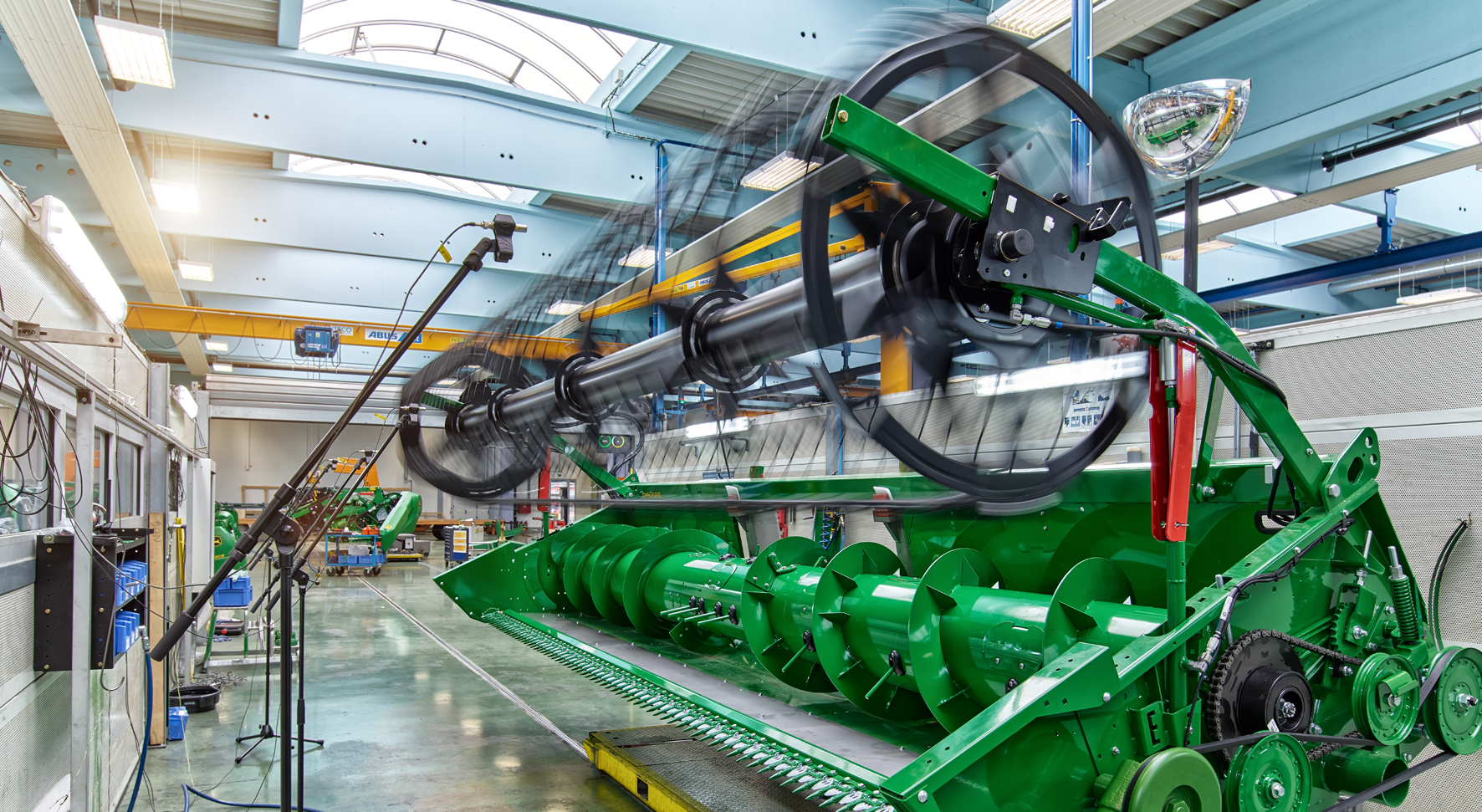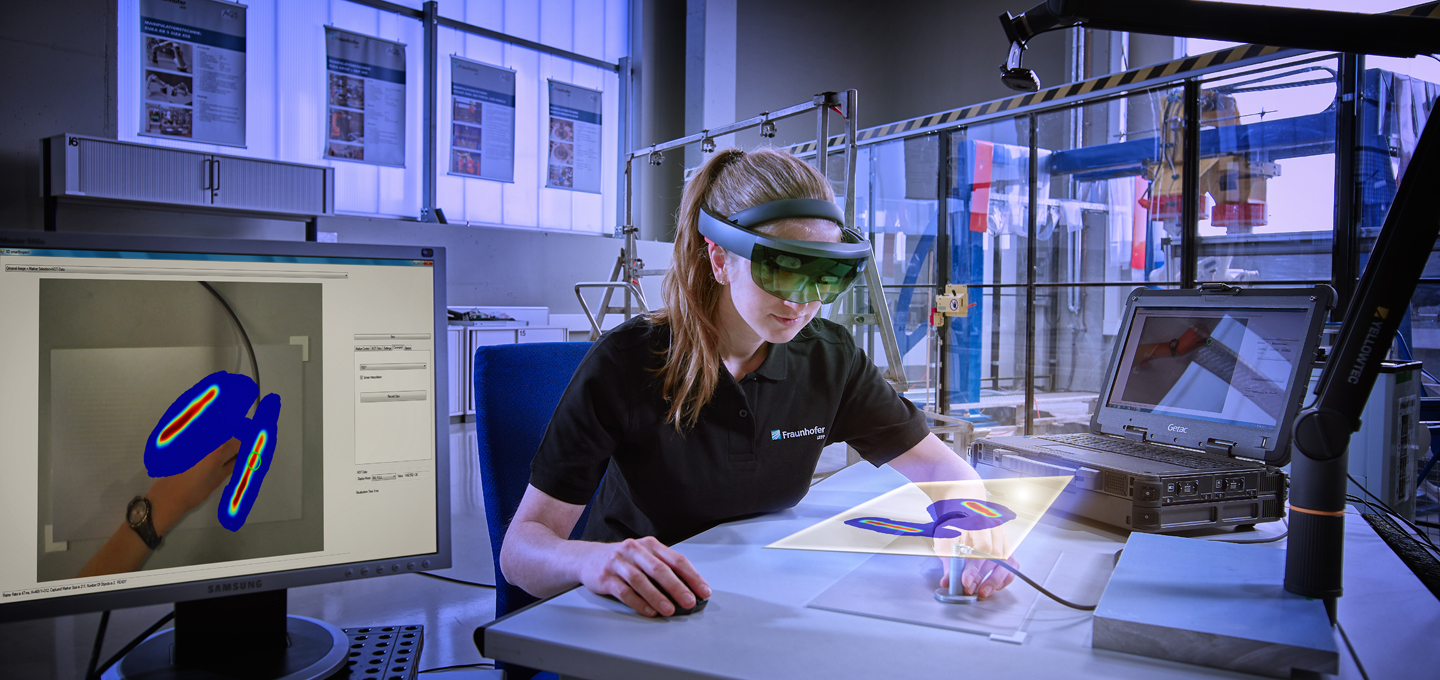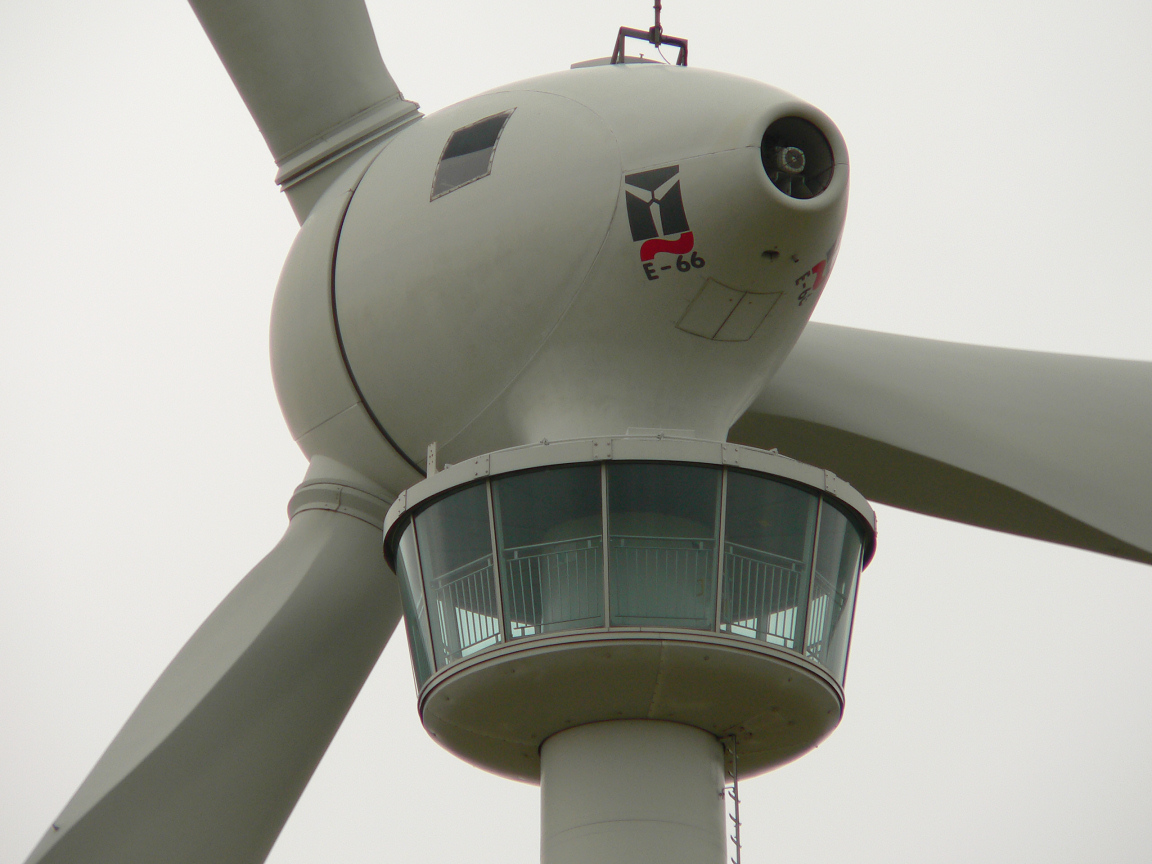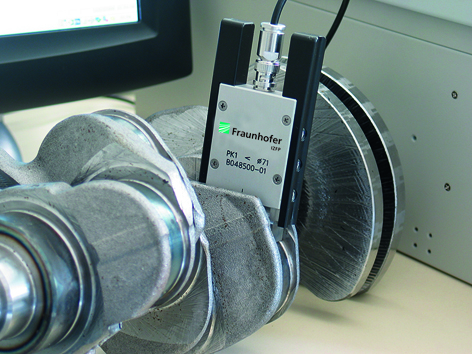Producing and processing industries are classic fundaments of developed nations. Both divisions require immense amounts of energy and, thus, aside from facilities and mechanisms for power generation, facilities and mechanisms for energy transport over any distances, as well as for energy storage. The business unit comprises projects in nuclear energy (keyword retreat working), conventional power plants, renewable energies and energy carriers as well as activities in the frame of production plants.
The business unit "energy / plants" is tieing Fraunhofer IZFP's activities in these thematic fields.
 Fraunhofer Institute for Nondestructive Testing IZFP
Fraunhofer Institute for Nondestructive Testing IZFP 



